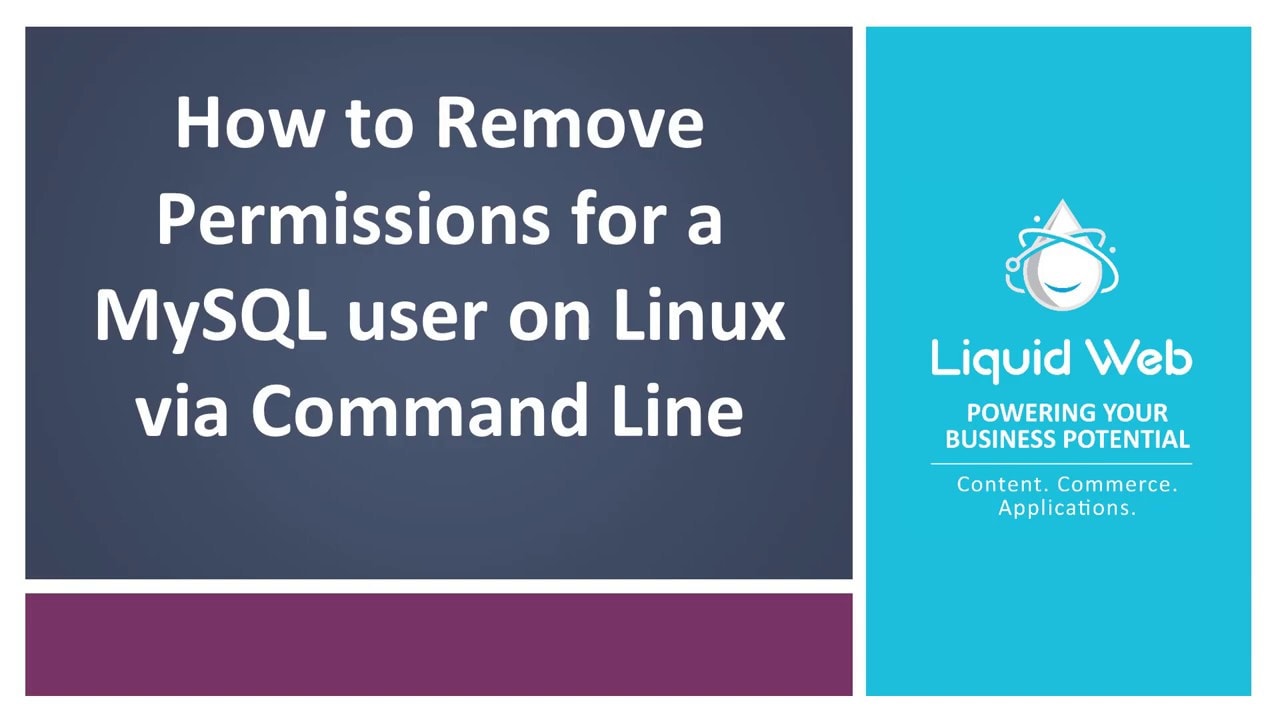Author: Ronald Caldwell
Ron is a Technical Writer at Liquid Web working with the Marketing team. He has 9+ years of experience in Technology. He obtained an Associate of Science in Computer Science from Prairie State College in 2015. He is happily married to his high school sweetheart and lives in Michigan with her and their children.
How To Flush Your Local DNS Cache
Troubleshooting website issues is a difficult task. You may not know where to start depending on your problems.
Install Multiple PHP Versions Using EasyApache 4
EasyApache 4 installs, configures, updates, and validates your server's Apache, PHP, and other services. EasyApache 4 also supports multiple versions of PHP, allowing you to assign different versions of PHP to each domain. In addition, there are great tools implemented with EasyApache 4 that simplify managing PHP versions.
Onboard to Liquid Web: A Step-By-Step Guide to Migrating Your Data to a Virtual Server
You need to move your data over to enjoy the benefits of an externally hosted VMware virtual cloud server at Liquid Web. This step-by-step guide helps you prepare to move your data to a virtual machine (VM) hosted with Liquid Web. It provides an overview of the process, so you know what to expect. Our technicians are available every step to help.
Before you start, it is best to have a migration strategy session between Liquid Web and your team to ensure the most effective migration for you. It helps to review the amount of data you need to move, the nature of the data, its current role, age, and cleanliness. By doing this at the start, you can determine the ideal method of moving your data along with any migration tools you might need to make the process as painless and efficient as possible.
The migration strategy session establishes a team comprised of representatives from your organization and Liquid Web. At least one person from your organization must have administrator credentials for your server.
While this article focuses on moving data across the internet, it is possible to move data via other methods. For example, for some of our clients, it is easier and faster to transfer their data to a mobile storage device such as a thumb drive or portable hard drive and ship the storage device to us to upload.
Remove a MySQL User on Linux via Command Line
MySQL via Command Line 101: Basic Database Interaction
System administrators do well to further their security practices by removing users from MySQL who no longer require access. They should ensure that they get released as users change, and turnover happens. It provides security and safeguards against unlawful access to data.
If you run a cPanel server, and need to upgrade your Apache or PHP version, cPanel provides the EasyApache tool in Web Host Manager (WHM) to make these updates a breeze. While some generally prefer to run this functionality from the command line, the WHM graphical user interface (GUI) is a simplified method.
Remove Permissions for a MySQL User on Linux via Command Line
MySQL via Command Line 101: Basic Database Interaction

A fundamental part of managing users in MySQL is removing permissions no longer required for a user. Administrators should ensure that terminated users or those whose roles have changed within the company have had permissions removed from their user profiles. This action secures the system against unlawful access to information.
Cloud Servers vs Physical Servers: A Comparison
Choosing the right hosting environment is essential in positioning a business for successful growth. Companies operate differently based on clientele, the need to process information/orders, and how quickly market adaptation changes are needed. The common thread is the necessity of being digital to survive in today’s economy. Eventually, you’ll reach the crossroad of comparing a cloud server to a physical server to determine your best hosting environment.
What is Private Cloud Storage?
Private Cloud Storage is a scalable and redundant storage solution where data is stored on remote servers dedicated to a single customer. Because of this, it is considered more secure than public cloud storage solutions where servers are shared across many customer accounts. The servers powering a private cloud storage solution are also flexible since they can be located virtually anywhere – in your office, your company’s data center, or another company’s data center.
How to Upgrade PHP in cPanel
PHP is a programming language that can run with Apache or Microsoft IIS and works with your server to execute your website requests. Each PHP version gets active support for two years when reported bugs and security issues are fixed and shipped in regular point releases. In the third year, users only get critical security updates. Releases during this period are on an as-needed basis.
Grant Permissions to a MySQL User on Linux via Command Line
MySQL via Command Line 101: Basic Database Interaction
After an administrator creates a MySQL user via the command line on Linux, the next step is to grant permissions to that user. The goal is to ensure that the user is able to log in and access the MySQL server to perform tasks. This article shows you how to grant permissions to a MySQL user on Linux via the command line.
Our Sales and Support teams are available 24 hours by phone or e-mail to assist.

